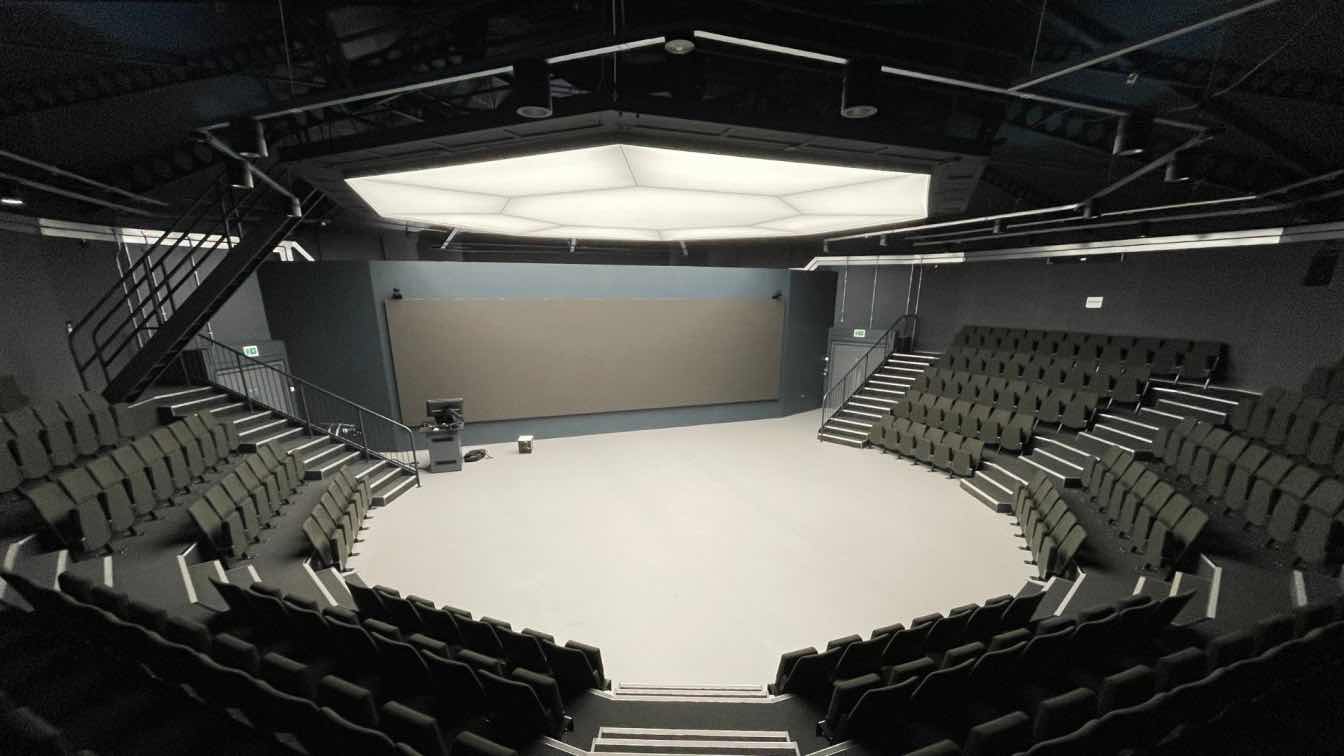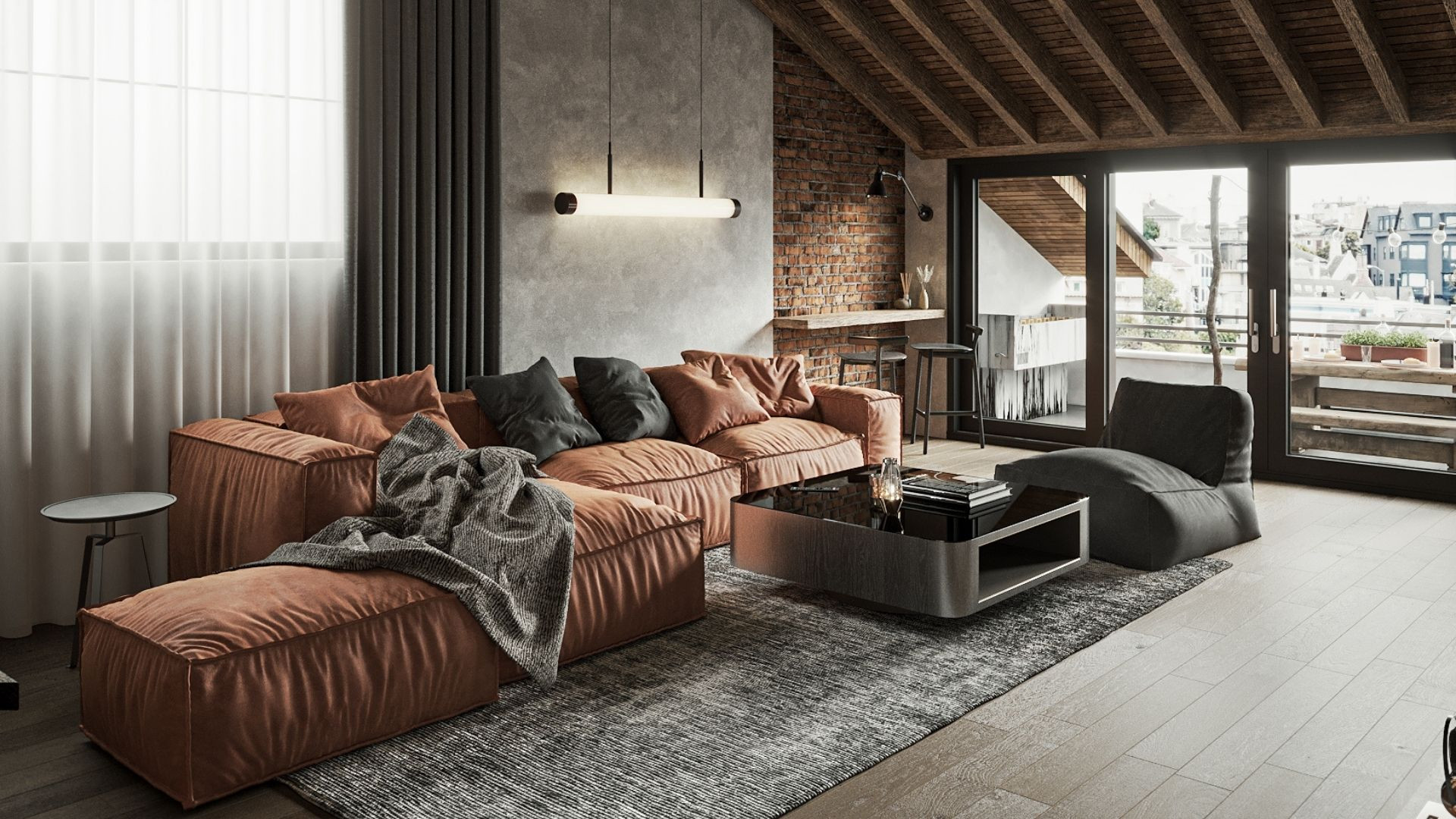Influenced by COVID, Flexible Outdoor Spaces Improve Student Performance and Well‐Being.
LOS ANGELES: Indoor classrooms have long been de facto settings for learning. The pandemic, however, forced a shift in pedagogy. While remote learning was embraced by some schools prior to the pandemic, widespread Zoom teaching highlighted that the in‐person interaction many students need to thrive was lacking. One solution: outdoor classrooms.
Los Angeles‐based Berliner Architects applies its expertise for a practical and playful approach to the future of education by providing flexible spaces for outdoor learning while incorporating local ecology. Established in 1996 by Richard Berliner, AIA, ALEP, LEED AP, the firm prides itself on thoughtful, cost‐effective, and sustainable design solutions created in collaboration with its K‐12 and higher‐education clients.
“Outdoor learning is not necessarily a new concept,” notes Berliner. “Similar to how outdoor classrooms were popular during the tuberculosis plague of the early 20th century, COVID amplified their urgency today.” Furthermore, science supports the model, with studies linking outdoor learning to improved attention span and retention, reduced stress, and increased engagement and well‐being among students.
“The outdoor learning environments we design reinforce and help enable project‐based teaching in flexible, less‐structured spaces,” Berliner adds. “Different people have different styles of learning, and we design for that fact. Accordingly, schools need a broader spectrum of spaces designed for learning today and tomorrow.”
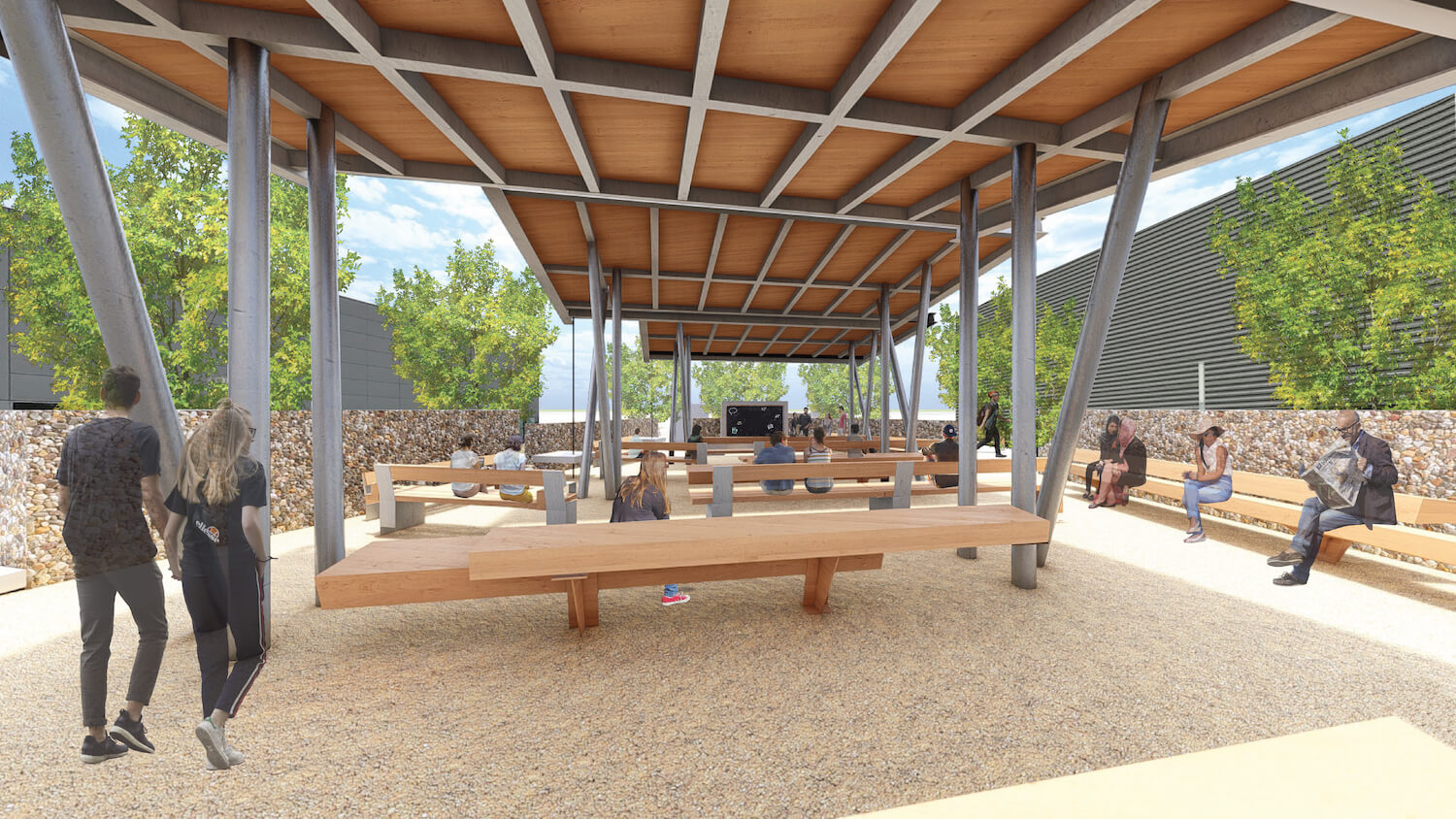
Irvine Valley College Campus Becomes a Living Lab. under construction
The South Orange County Community College District engaged Berliner Architects to design two outdoor learning spaces to serve Irvine Valley College (IVC) in Irvine, CA. These experimental spaces will become a template for future outdoor learning areas on the campus. The project is set to break ground Summer 2022.
The Berliner team worked closely with university staff to develop project goals and opportunities to address lighting, acoustics, security, and student capacity. The mission for the project was to promote a deeper understanding of sustainability by utilizing the campus as a living lab that creates interdisciplinary connections among campus operations, the academic experience of students, and the broader community. IVC also sought to honor and acknowledge the ancestral homelands of indigenous people, including the design of a central placard recognizing local tribes.
The team studied the regional context, historical imagery, adjacencies, circulation, existing outdoor spaces, and natural lighting of both the 15,000‐square‐foot site and the greater IVC campus. Berliner also conducted extensive shade and wind studies to assess the orientation of the classrooms and how to best take advantage of natural light and ventilation. Based on the research and meetings with university staff, the firm developed a layout that features a central walkway dividing two classrooms to support different styles of learning: Auditorium Classroom seating 64 people for lecture‐style classes and Grove Classroom for 36 with a large table for demonstrations.

‘Learning Everywhere’ Uses the City as Classroom. concept
Berliner Architects’ vision for the classroom of the future, “Learning Everywhere,” promotes safer, post‐COVID learning by embracing the cultural riches of a city or town—simultaneously reviving so many places unvisited during shutdowns. Berliner imagines the future of education as mobile, happening everywhere students might be during any given day—at home, in a museum, at a park, etc.
“To envision what the not‐so‐distant future of education could be, we looked to the past and were inspired by the PBS cartoon ‘The Magic School Bus,’ which has engaged kids for years,” says Berliner. The Learning Everywhere concept casts a solar‐powered electric bus as a remote classroom. When parked, it transforms into a fresh‐air learning environment.
The Magic Classroom Buses would congregate around a Central School Park with green spaces that create smaller communities of students, offering a more interactive learning environment and lowering indoor classroom density. The Learning Everywhere concept was named winner of the 2021 Classroom of the Future Competition that solicited big‐picture solutions for safer post‐pandemic education, awarded by the AIA Committee for Architecture in Education and the San Francisco Chapter of the American Institute of Architects (AIASF).

Middle School’s Design ‘Tool Kit’ Speeds Renovation under. under construction
During an extensive campus assessment with Santa Monica‐Malibu Unified School District, Berliner Architects brainstormed ways that John Adams Middle School (JAMS) could modify existing outdoor spaces into outdoor learning environments. Taking into consideration Division of the State Architect (DSA) approval, timeline, and budget, Berliner devised multiple ways to transform these spaces. Collectively these ideas created a “tool kit” of quick‐implementation strategies to help students reintegrate following the pandemic. Currently under construction, the Santa Monica‐based project will open for the Fall 2022 school year.
Berliner is renovating the existing linear courtyards at JAMS into outdoor learning environments that support project‐based learning and will be used for performances, lectures, and student work display. The spaces complement the existing courtyards and support the surrounding classrooms, which later will be improved with glass garage doors that open into the courtyards. New trees and plants are strategically located throughout the site to increase shade.

Neurodiversity Informs Variety of Learning Experiences. design development
Initially asked to design a new 25,000‐square‐foot, three‐story student center library building to support project‐ based learning for Mayfield Junior School (MJS) in Pasadena, CA, Berliner Architects realized that a more holistic approach was needed. The firm’s revised design includes reducing the size of the library building in favor of increasing outdoor learning options. In order to promote the concept of neurodiversity within the K‐8 student body, Berliner sought a range of space types and interactions with nature, including a bubbling water feature, rocky outcroppings, and several opportunities to open classrooms to the outdoors via folding doors.
The new library is designed with second‐floor overhangs that create outdoor shaded rooms. This allows for the playground to be enlarged and shaded while adding classroom space on campus. The play equipment emerges from the landscape and integrates itself with the cross‐laminated timber (CLT) columns that spring from turf‐ covered mounds. Part of the greater master plan for the school, the library is slated to begin construction Summer of 2023.
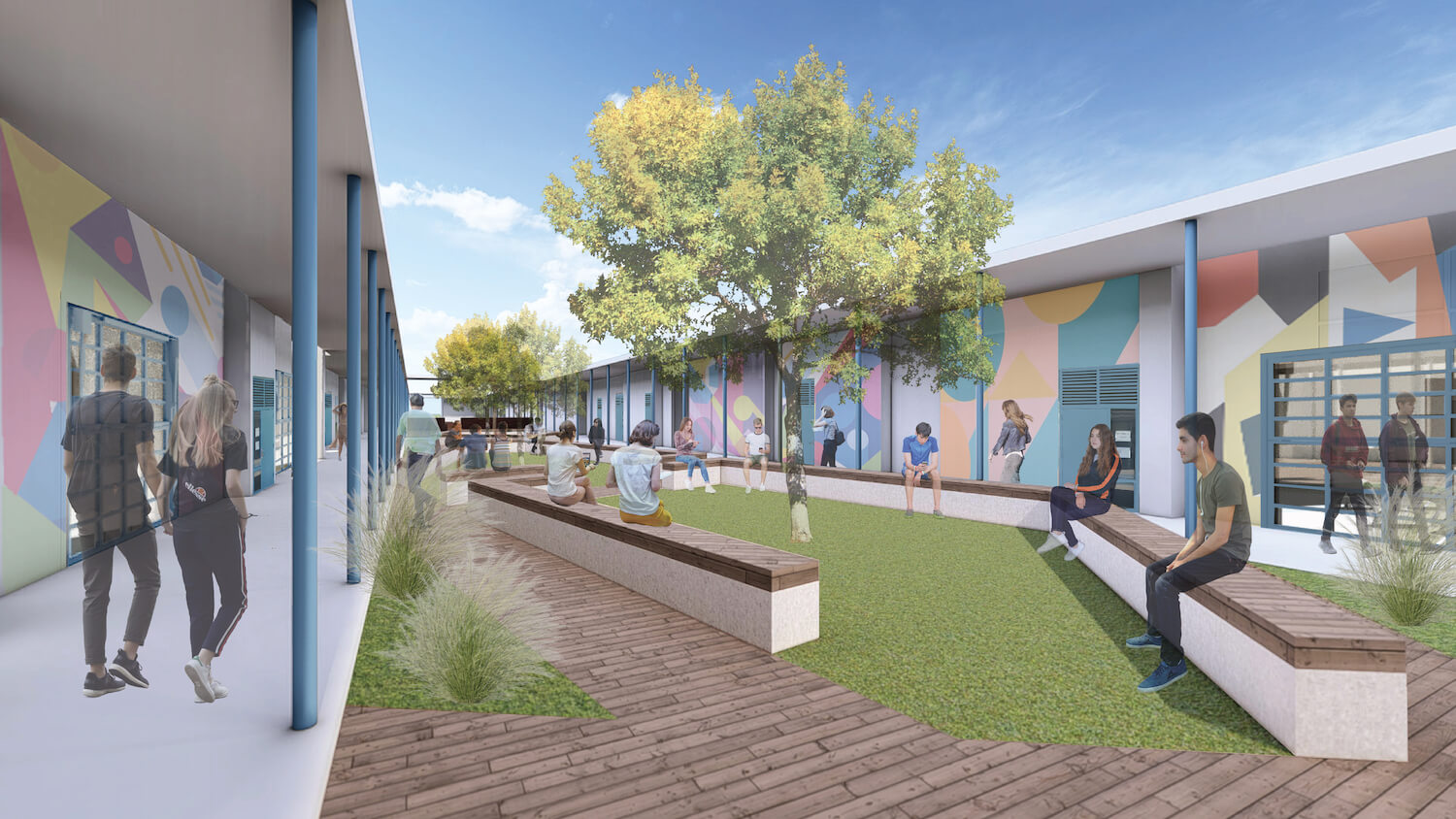
Flexible Classrooms Bolster ‘Living and Learning’. design development
The Chadwick School in Palos Verdes, CA, relied on Berliner Architects to enhance outdoor spaces to further the K‐12 school’s goal of creating “living and learning” environments across the campus. Having identified four areas on campus that need improvement, Berliner studied the Master Plan to ascertain how these new spaces would fit within the context of the campus design standards. The architects presented three options for each space that would allow for flexibility of use, while also appear as permanent design features of the school.
The Upper Village area took advantage of the existing large Ficus trees, which were the inspiration for creating a series of curved benches that delineate small‐to‐medium‐sized spaces. Larger picnic tables form pods where entire classrooms can gather outdoors. Another site will have a shade structure for a dedicated, assignable classroom with whiteboards. Flexibility to accommodate events and shows is attained in other areas by using large, moveable picnic tables with integrated shade umbrellas. The project is currently in design development.

Award‐Winning Concept Empowers Students & Teachers. concept
Berliner Architects, as part of a core planning team of educators and consultants, developed a proposal to create a provocative learning environment for Vista High School, which was awarded a $10‐million challenge grant from Laurene Powell Jobs’ XQ: The Super School Project. Launched in 2015, XQ was an open call to rethink and redesign the American high school and conceptualize innovative models for 21st‐century learning. Berliner’s proposal was one of just five throughout the United States chosen by XQ out of more than 1,000 applicants. “The award is another step toward reinventing schools that reflect the culture, technologies, and pedagogies that empower students and teachers,” says Berliner.
The architectural scheme is interspersed with common areas that serve as hubs for spontaneous learning activities, including outdoor circulation and amphitheater, student gathering areas, and café‐like study areas. The building design features glass façades that can be opened to connect with these dedicated outdoor spaces.

About Berliner Architects
Established in 1996 in Los Angeles by Richard Berliner, AIA, LEED AP, Berliner Architects believes that every space counts—thoughtfully designed spaces positively impact their occupants’ qualities of life, improving the way people live, work, learn, and play. The firm prides itself on thoughtful, cost‐effective, and sustainable design solutions created in collaboration with its clients. Recognized for its work across various typologies— including higher education, K‐12, entertainment, spiritual, and master planning—Berliner Architects has won more than 20 awards for its impactful, efficient, and user‐friendly designs, including the XQ Super School and Classroom of the Future awards.
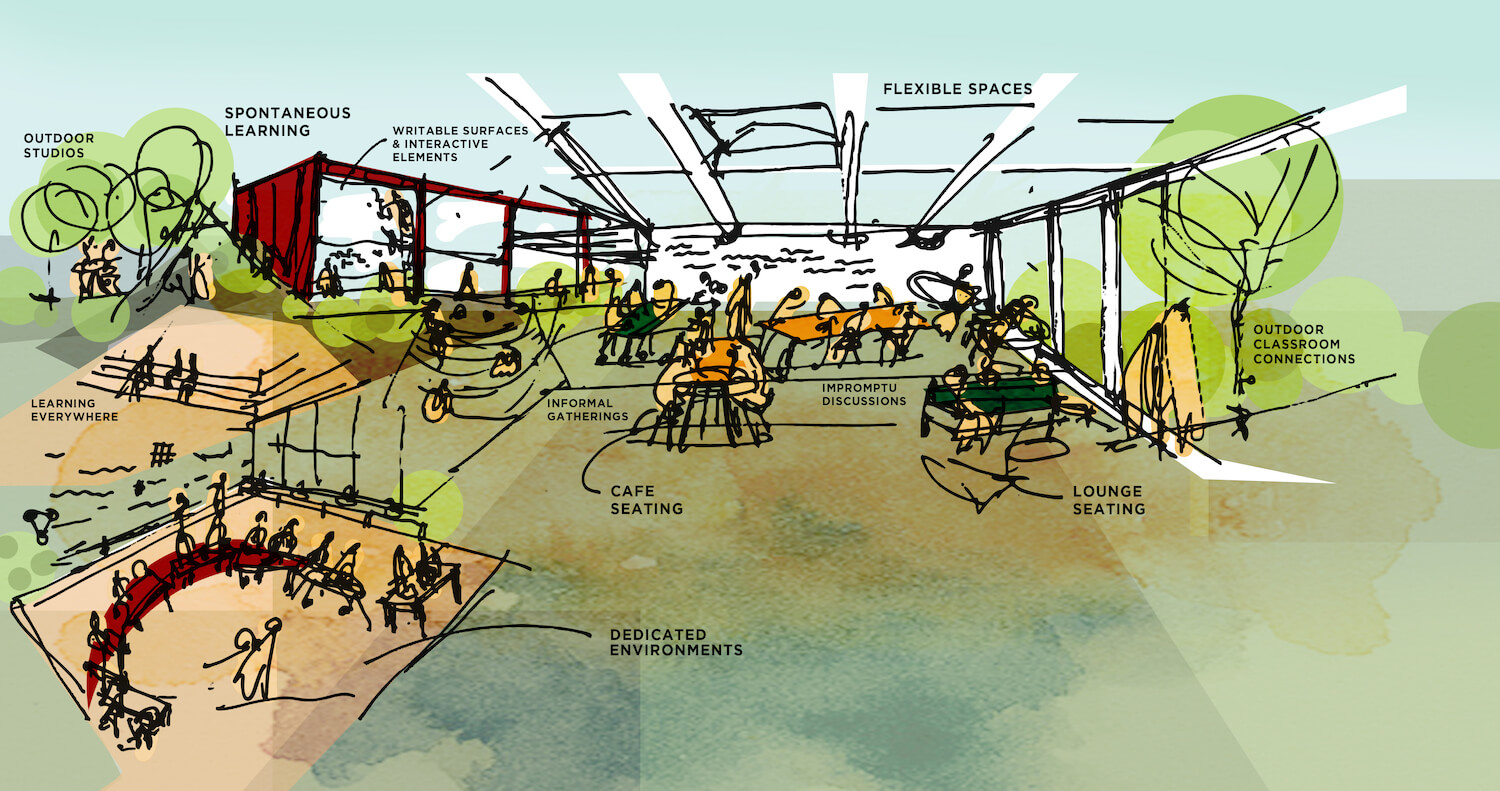
Projects like this are the future - because education is the basis everyone should have access to. Because of the companies like TopEssayWriting a lot of people now are able to apply for college, write assignments, have access to free samples on almost every subject, useful writing information, and graduate at the end.



